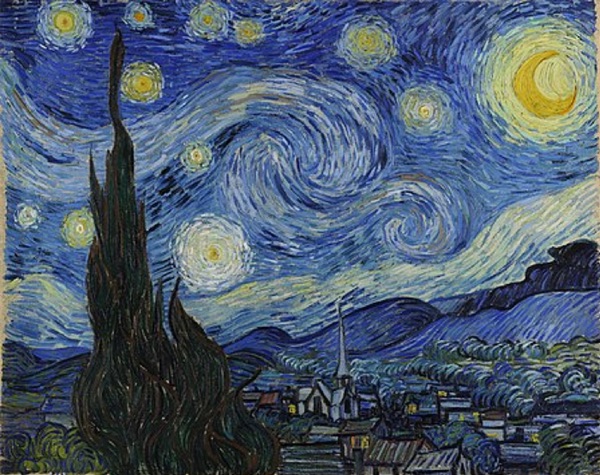“Where are they?”: SETI and modern science fictionby Vidvuds Beldavs
|
| Ultimately, the trilogy embodies a deep optimism that life, love, and compassion can endure in a dark and hostile universe marked by “cosmic sociology” where innumerable intelligent civilizations struggle against each other in a universe with a fixed pie of resources. |
Liu, born in China in 1963, starts the Three-Body Problem with powerfully scored scenes from the Cultural Revolution where a physics professor is demeaned and tortured in a “struggle session” with Red Guard youth who accuse him of teaching special relativity, then viewed as a reactionary, capitalistic science. The novel captures the rapid advances in science made in China after the nightmare of Mao’s rule and the emergence of worldwide cooperation to address external threats to the planet from aliens. Human response range from despair, movements that cooperate with the aliens, to Solution of the theoretically unsolvable three-body problem, which is central to the story line of the first volume of the trilogy.
The second volume, The Dark Forest introduces the reader to a hostile universe. Intelligent civilizations that announce their existence can be casually destroyed. Humanity develops fusion power and creates a space navy. Some characters survive from volume to volume even over centuries through hibernation developed for long-duration space missions, but widely used to await improved technologies and medications. Humanity is nearly destroyed several times.
Death’s End, the final volume of the trilogy sees humanity reach beyond the solar system with a civilization that has Earth as a verdant planet with few people with most people ultimately living in O’Neill type space cities, before the final destruction of the solar system.
Ultimately, the trilogy embodies a deep optimism that life, love, and compassion can endure in a dark and hostile universe marked by “cosmic sociology” where innumerable intelligent civilizations struggle against each other in a universe with a fixed pie of resources. This is the ultimate win-lose struggle and the laws of physics become the ultimate weapons in the struggle. Stephen Hawking once stated that aliens could be “vastly more powerful and may not see us as any more valuable than we see bacteria.” That is the logic of The Dark Forest. Liu transcends this, however. Liu also examines the nature of time in a universe where ten-dimensional space can be unfolded into three-dimensional space or can be compressed and where time can flow in multiple paths.
Cixin Liu is an amazing science fiction writer whose books can serve as introductions to topics in advanced physics and cosmology as well as to Chinese views of the future of humanity in space. Liu has an in-depth appreciation of Western art, literature, history, and philosophy in addition to his knowledge of physics. American and European readers of the excellent English translations will be rewarded by fast-paced writing interspersed with amazing lectures in scientific principles. The geopolitical aspects in the book also provide much to think about as humanity begins its journey to outer space and the stars.
Note: we are temporarily moderating all comments subcommitted to deal with a surge in spam.
